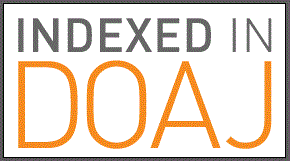Keywords
service learning, quantitative reasoning, math anxiety
Abstract
How might one teach mathematics to math-anxious students and at the same time reduce their math anxiety? This paper describes what we found when we incorporated a service learning component into a quantitative reasoning course at Seattle University in Fall 2010 (20 students) and Spring 2011 (28 students). The course is taken primarily by humanities majors, many of whom would not take a course in math if they didn’t need to satisfy the university’s core requirement. For the service learning component, each student met with and tutored children at local schools for 1-2 hours per week (total about 15 service hours), kept a weekly journal reflecting on the experience, and wrote a five-page final paper on the importance and reasonable expectations of mathematics literacy. The autobiographies, self-description at the beginning of the class, focus group interviews at the end of the term, journal entries, final essays, and student evaluations indicated that the students gained confidence in their mathematical abilities, a greater interest in mathematics, and a broader sense of the importance of math literacy in modern society. One notable finding was that students discovered that the act of manufacturing enthusiasm about math as a tool for tutoring the children made them more enthusiastic about math in their own courses.
DOI
http://dx.doi.org/10.5038/1936-4660.4.2.9
Recommended Citation
Henrich, Allison, and Kristi Lee. "Reducing Math Anxiety: Findings from Incorporating Service Learning into a Quantitative Reasoning Course at Seattle University." Numeracy 4, Iss. 2 (2011): Article 9. DOI: http://dx.doi.org/10.5038/1936-4660.4.2.9
Creative Commons License

This work is licensed under a Creative Commons Attribution-Noncommercial 4.0 License

